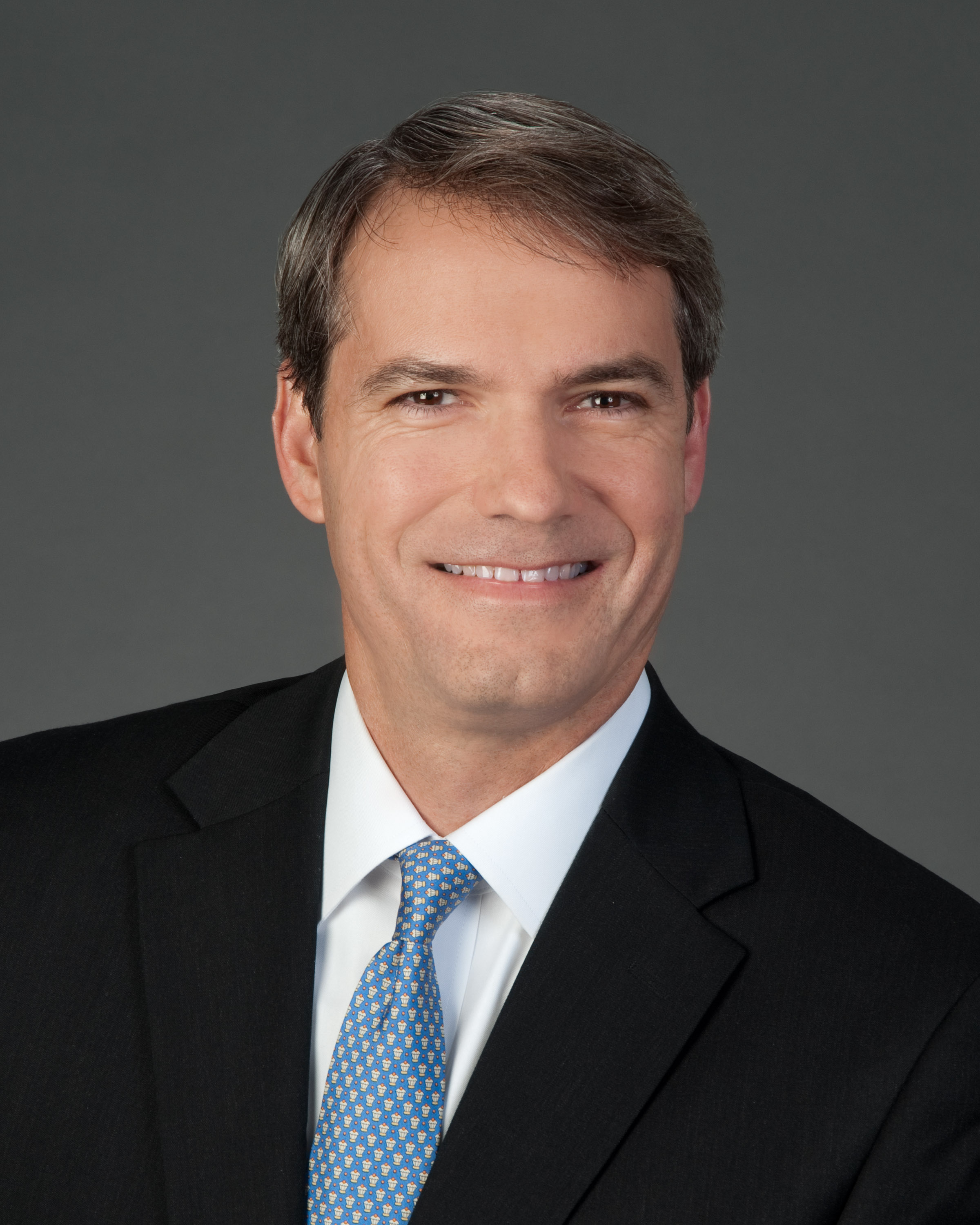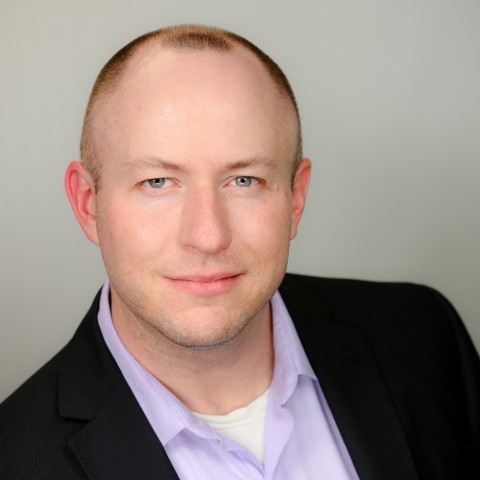Two healthcare professionals share their thoughts on how to best optimize the value of ASCs, as well as share insight into what the best opportunities are for orthopedic centers in the future.
Q: How do you optimize the value of a center?
 Gregory F. Hagood, Senior Managing Director at SOLIC Capital Advisors: There are two different avenues you go down to answer that question. One is the service mix. The other element, which is equally if not more important today, is the partnership mix. Who are the investors?
Gregory F. Hagood, Senior Managing Director at SOLIC Capital Advisors: There are two different avenues you go down to answer that question. One is the service mix. The other element, which is equally if not more important today, is the partnership mix. Who are the investors?
We sold the Siouxland Surgery Center last summer, a surgery center and short stay hospital in Sioux City, Iowa, which was owned by physicians and had a minority interest owned by the local health system. The center was anchored by a very productive group of and had historically been very profitable; however the physicians felt compelled to explore expanding its partnership with the local health system primarily because they were worried about getting cut out of some of the reimbursement panels. Historically patients had come from all over the region to use the center's top spine and neurosurgeon physicians, but they were very concerned that as managed care plans and even Medicare became more restrictive and instituted much higher copays and deductibles for out-of network services, a key part of their core commercial payer base would be forced out of their system.
We negotiated a deal there where Trinity Healthcare along with United Surgical expanded their ownership allowing Siouxland to be part of Trinity's network so that patients they had been seeing or physicians that had been historically referring to them could continue to do so.
So one element that I think any surgery center, as you look out over the next five years, will need to do is ask 'which regional health network should I affiliate with?' Obviously you are seeing physician hospital consolidation with more risk bearing associated with payer contracts, so it will be very difficult for the stand-alone surgery center without that affiliation with the regional network to maintain the commercial payer base.
Paul Wiley, Co-Founder and CEO of Opargo: First, Opargo uses [analytics and historical demand] to predict the anticipated volume of patients on a given day, including those who are likely to no-show, and then allows for intelligent double booking to ensure no time blocks are left open in a given day. 
Second, Opargo holds spaces for preferred procedures to ensure those time slots are filled in the optimal way. [We use] preferences to promote procedures to the appropriate provider (primary physician/secondary physician/physician extender) to ensure all providers are properly utilized and patients are seeing the optimal provider first. All of this is done in a web-based application that integrates with an orthopedics existing practice management system to immediately book a patient based on the defined rules and preferences of a practice. This ensures that while optimizing a schedule, all down-line reporting, compliance and patient communication activities remain intact.
Q: Where do you see the biggest opportunities for orthopedic centers in the future?
GH: Two trends we are seeing there really is the integrated care approach. Historically you may have some really good physicians who were doing [surgery] in a surgery center; you checked in, you had your procedure, you checked out. What we are seeing in a lot of these places is that it's more integrated care. You come in for your pre-surgery physical therapy, and then you keep coming back to that center for all your after care. It is feels more like a spa service, where you check in and have a concierge care approach — a model Mayo has pioneered.
Especially for elderly patients, having that spa-like experience really does make a difference. Adding amenities is critical. Historically doctors were looking for an alternative site where they can be more efficient with their surgery. Now, I think after-care and follow-up care associated with the surgery center is critical to differentiate it going forward, if you are competing for commercial payers.
On whether computer navigation is a good investment for orthopedic centers: I think clearly you are going in the direction of more robotics, and quite honestly, more data-driven protocols. So if you have a condition, there is going to be a prescribed treatment protocol by the insurance company, by the health system, etc. The physicians have less latitude to prescribe alternatives. Another one to look at is new therapies like stem-cell for hips to regenerate bone growth. Is that going to become more of a standardized therapy over the next five years? I don't know, but these are the kinds of things to keep your eye on.
PW: [We have] seen that the leveraging of technology with the proper associated data delivers significant value to practices. It is very difficult for orthopedics to improve what they can't track. And using data proactively instead of reactively is critical to ensure the right results are being delivered. [In the future], continue to look for opportunities to balance optimal care to all patients while ensuring practices are operating efficiently and effectively from a business perspective.
Q: Which mergers or additions have not worked out the way you hoped? And if so, what do you think could have been done differently?
GH: We advised on the sale of a hospital in bankruptcy in Massachusetts. It was an older facility, and if you know much about Boston, every 10 miles you have another hospital. The acquirer believed that by integrating facility into its regional network it could achieve the clinical and financial synergies to keep the hospital open; however, given the age of facility and excess capacity in market, the buyer ultimately elected to close facility.
Typically the hospital demographics are shifting and a system will buy the hospital hoping they can stabilize it, but sometimes it doesn't work out. That was the only one I've been involved in where they actually closed the hospital.
PW: Change management for an orthopedic and their practice is not always easy. Staff often becomes embedded in their existing processes and activities, and with so many things to juggle from a day-to-day basis, change is often not initially embraced.
Editor's Note: Opargo currently works with orthopedic practices, but does not currently have any live ASCs.

